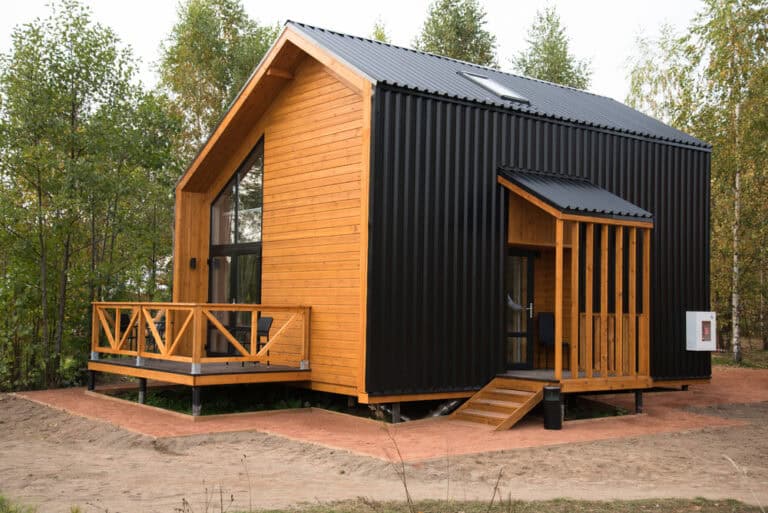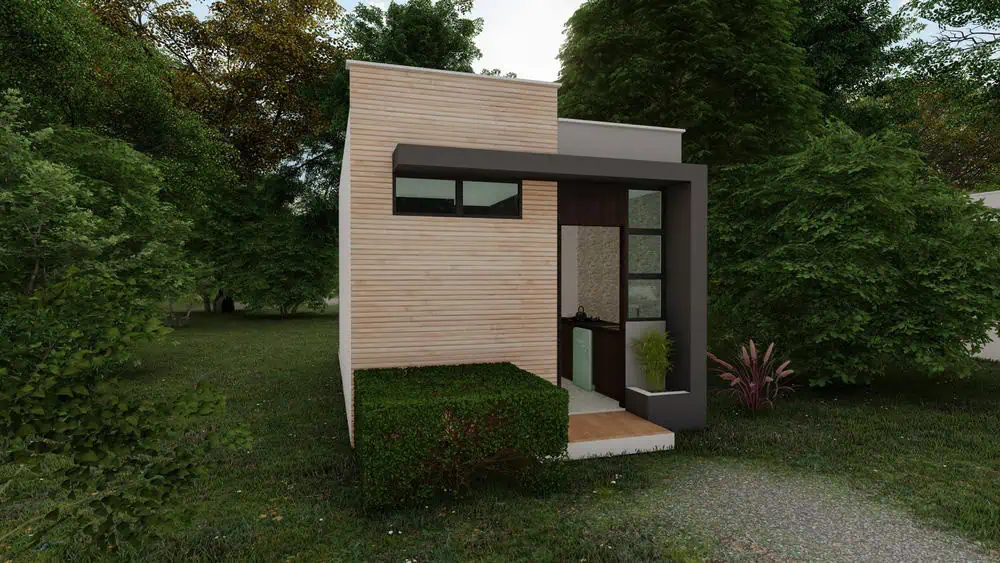ADU Contractors in Daly City, CA
View our work
Browse all Services
contact us
The Ultimate Guide to Finding a Reliable ADU Contractor in Daly City, CA: 5 Key Factors to Consider

San Mateo County’s Premier ADU Builders
At Creekside Pro Construction, we specialize in ADU construction in Daly City, CA. With our years of experience and dedication to quality, we’re the top choice for your ADU project. From garage to ADU conversions to new ADU construction, our team of ADU contractors in San Mateo County ensures top-notch craftsmanship and transparent communication every step of the way. Don’t wait to bring your vision to life – contact Creekside Pro Construction today at 925-445-7684 and let us make your dreams a reality.
Licensed and Insured:
Rest easy knowing that Creekside Pro Construction is fully licensed and insured, providing you with peace of mind throughout your ADU construction journey.
Dedicated Project Managers:
Our team assigns dedicated project managers to oversee every aspect of your project, ensuring efficient communication and timely completion.
Satisfied Clients:
Join our list of satisfied clients who have experienced exceptional service and outstanding results with Creekside Pro Construction.

Factors to Consider Before Hiring ADU Contractors in Daly City, CA
When it comes to ADU homes or accessory dwelling unit construction in San Mateo County, finding the right contractor is crucial. Whether you’re considering a garage to ADU conversion or seeking ADU builders for new construction, Creekside Pro Construction is here to guide you through the process in Daly City, CA. With our expertise in ADU construction and room addition services, we’ve compiled five key factors to help you make an informed decision.
- Experience and Expertise: Selecting a contractor with extensive experience and expertise in ADU construction is paramount. Creekside Pro Construction boasts years of service in Daly City, CA, specializing in garage-to-ADU conversion and new ADU construction projects. Our team of seasoned professionals understands the nuances of local building codes and regulations, ensuring that your project is completed with the highest standards of quality and compliance.
- Portfolio of Past Projects: Before entrusting your ADU project to a contractor, take the time to review their portfolio of past projects. At Creekside Pro Construction, we take pride in showcasing our diverse range of successful ADU constructions throughout San Mateo County. From sleek and modern designs to traditional and cozy cottages, our portfolio exemplifies our commitment to craftsmanship and client satisfaction.
- Client Testimonials and Reviews: Word of mouth is a powerful indicator of a contractor’s reputation. Creekside Pro Construction prioritizes client satisfaction, and our testimonials and reviews speak volumes about our dedication to excellence. We encourage you to read what our satisfied clients have to say about their experience working with us in Daly City, CA, and how we brought their ADU visions to life.
- Transparent Pricing and Contracts: Clear and transparent communication regarding pricing and contracts is essential for a stress-free ADU construction process. Creekside Pro Construction believes in upfront pricing and detailed contracts to avoid any surprises or misunderstandings. We provide comprehensive quotes and timelines for each project, ensuring that you have a clear understanding of the scope of work and associated costs.
- Communication and Accessibility: Effective communication is the cornerstone of a successful ADU construction project. Creekside Pro Construction values open lines of communication and accessibility, with dedicated project managers available to address any questions or concerns you may have. Whether you prefer phone calls, emails, or in-person meetings, we are committed to keeping you informed and involved throughout every stage of the process.

Schedule a Consultation with Creekside Pro Construction Today!
When it comes to finding a reliable ADU contractor in Daly City, CA, look no further than Creekside Pro Construction. With our unmatched experience, expertise, and dedication to client satisfaction, we are your trusted partner for all your ADU construction needs. Contact us today to schedule a consultation and take the first step towards turning your ADU dreams into reality in San Mateo County.
Have a question?
Archaeological evidence suggests the San Francisco Bay Area has been inhabited as early as 2700 BC. People of the Ohlone language group probably occupied Northern California from at least the year A.D. 500. Though their territory had been claimed by Spain since the early 16th century, they would have relatively little contact with Europeans until 1769, when, as part of an effort to colonize Alta California, an exploration party led by Don Gaspar de Portolá learned of the existence of San Francisco Bay. Seven years later, in 1776, an expedition led by Juan Bautista de Anza selected the site for the Presidio of San Francisco, which José Joaquín Moraga would soon establish. Later the same year, the Franciscan missionary Francisco Palóu founded the Mission San Francisco de Asís (Mission Dolores). As part of the founding, the priests claimed the land south of the mission for sixteen miles for raising crops and for fodder for cattle and sheep. In 1778, the priests and soldiers marked out a trail to connect San Francisco to the rest of California. At the top of Mission Hill, the priests named the gap between San Bruno Mountain and the hills on the coast La Portezuela (“The Little Door”). La Portezuela was later referred to as Daly’s Hill, the Center of Daly City, and is now called Top of the Hill.
During Spanish rule, the area between San Bruno Mountain and the Pacific remained uninhabited. Upon independence from Spain, prominent Mexican citizens were granted land parcels to establish large ranches, three of which covered areas now in Daly City and Colma. Rancho Buri Buri was granted to Jose Sanchez in 1835 and covered 14,639 acres (59.24 km2) including parts of modern-day Colma, Burlingame, San Bruno, South San Francisco, and Millbrae. Rancho Laguna de la Merced was 2,219 acres (8.98 km2) acres and covered the area around a lake of the same name. The third ranch covering parts of the Daly City-Colma area was named Rancho Cañada de Guadalupe la Visitación y Rodeo Viejo and stretched from the Visitacion Valley area in San Francisco, to the city of South San Francisco covering 5,473 acres (22.15 km2).
Following the Mexican Cession of California at the end of the Mexican-American War the owners of Rancho Laguna de La Merced tried to claim land between San Bruno Mountain and Lake Merced. An 1853 US government survey declared that the contested area was in fact government property and could be acquired by private citizens. There was a brief land rush as settlers, mainly Irish established ranches and farms in parts of what is now the neighborhoods of Westlake, Serramonte, and the cities of Colma and Pacifica. A decade later, several families left as increase in the fog density killed grain and potato crops. The few remaining families switched to dairy and cattle farming as a more profitable enterprise. In the late 19th century as San Francisco grew and San Mateo County was established, Daly City also gradually grew including homes and schools along the lines for the Southern Pacific railroad. Daly City served as a location where San Franciscans would cross over county lines to gamble and fight. As tensions built in approach to the American Civil War, California was divided between pro-slavery, and Free Soil advocates. Two of the main figures in the debate were US Senator David C. Broderick, a Free Soil advocate, and David S. Terry, who was in favor of extension of slavery into California. Quarreling and political fighting between the two eventually led to a duel in the Lake Merced area at which Terry mortally wounded Broderick, who would die three days later. The site of the duel is marked with two granite shafts where the men stood, and is designated as California Historical Landmark number 19.
Learn more about Daly City.

